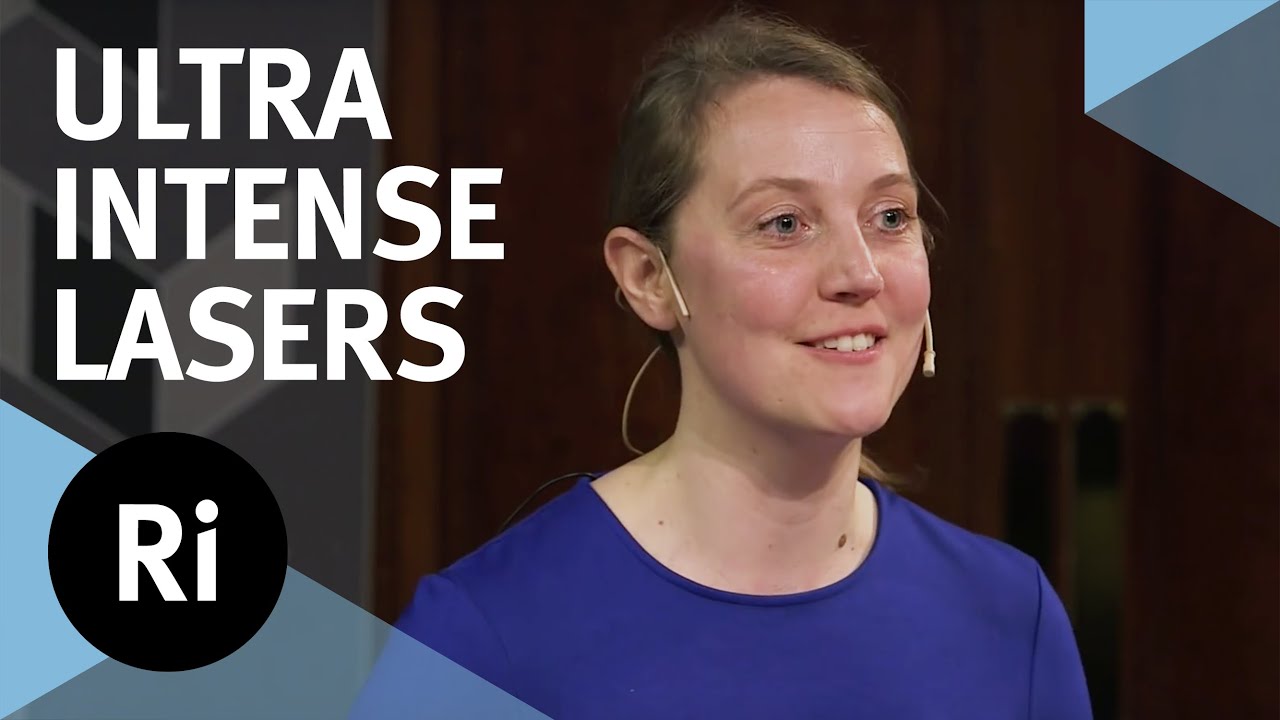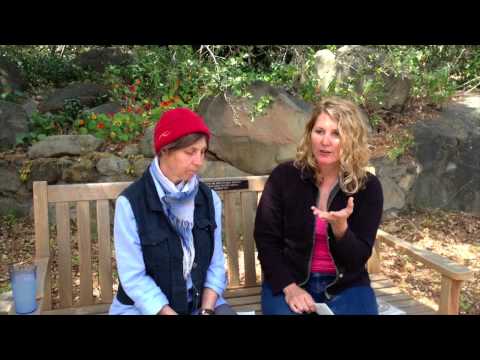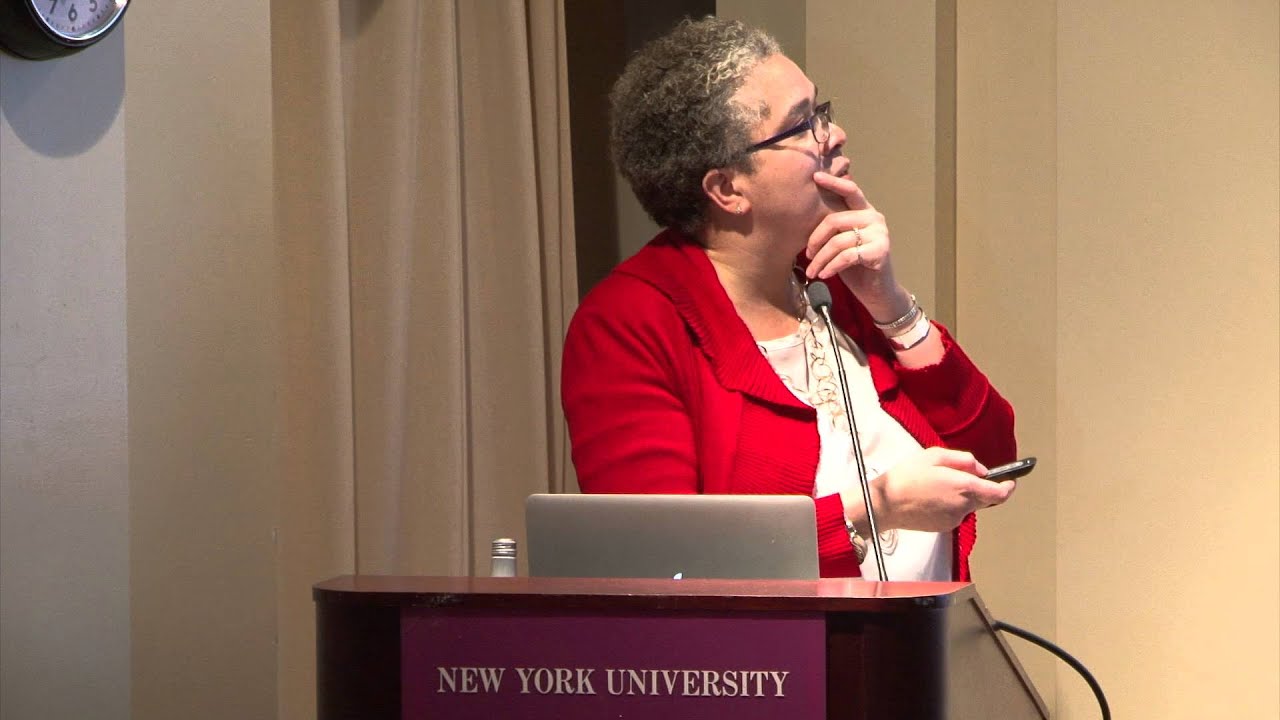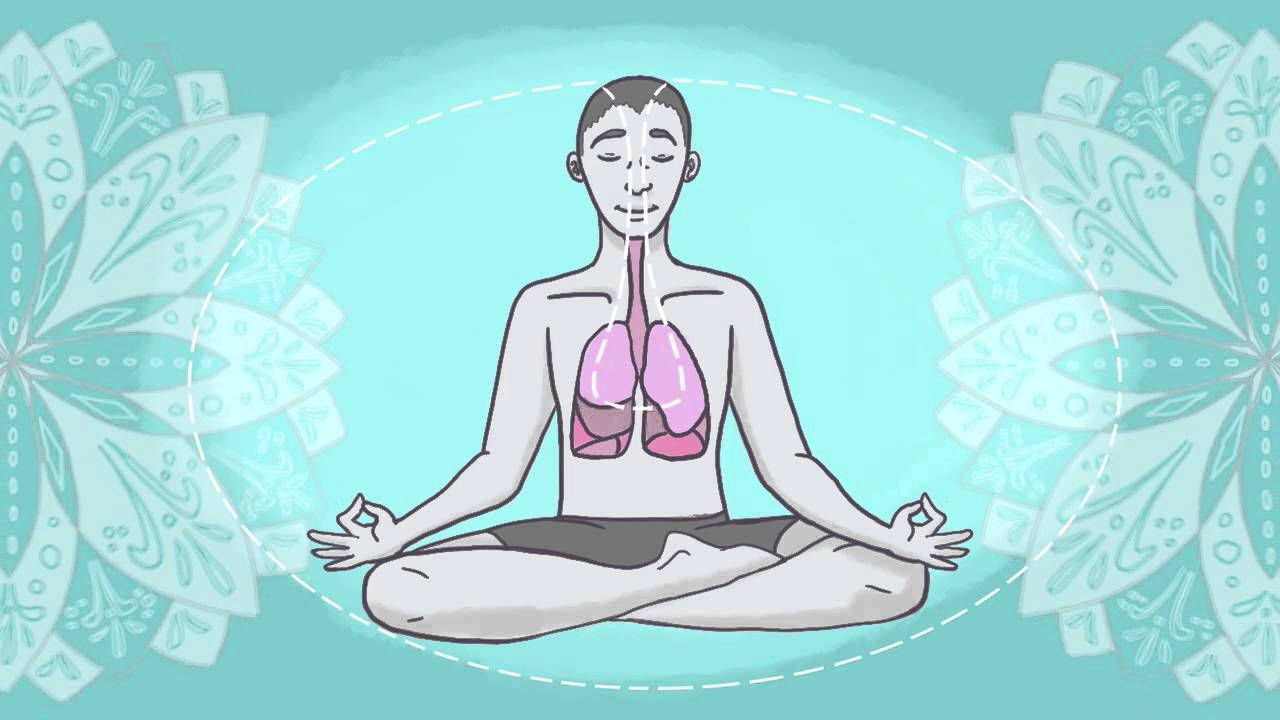The Royal Institution
The most powerful lasers in the world can be used to make some of the most extreme conditions possible on earth, and are revolutionising science. Dr Kate Lancaster leads you through this extreme world with demonstrations along the way. http://bit.ly/RiSubscRibe
When lasers were invented over half a century ago they were hailed as a “solution looking for a problem”. Since then lasers have come to revolutionise our lives through their practical applications such as data transport and CD/ DVD players, and as a tool for industry and science.
The largest and most powerful lasers in the world can be used to make some of the most extreme conditions possible on earth. Scientists around the globe are using these lasers to try to miniaturise particle accelerators, make astrophysical conditions in the lab, and create fusion energy. Dr Kate Lancaster leads you through this extreme world with demonstrations along the way in celebration of the International Year of Light.
Kate Lancaster was awarded a PhD in Advanced Fast Ignition studies (laser driven fusion) by Imperial College London before working at the Central Laser Facility at the Rutherford Appleton Laboratory.
Her background is in laser plasma interactions and laser driven fusion and she is now the Plasma and Fusion industrial officer for the York Plasma Institute, University of York.
Subscribe for regular science videos: http://bit.ly/RiSubscRibe
The Ri is on Twitter: http://twitter.com/ri_science
and Facebook: http://www.facebook.com/royalinstitution
and Tumblr: http://ri-science.tumblr.com/
Our editorial policy: http://www.rigb.org/home/editorial-policy
Subscribe for the latest science videos: http://bit.ly/RiNewsletter
Source




i thought light is a wave as well as a particle
she says its a wave , well that is not entirely true now is it ?
you have to heat it to a 100 million degrees kelvin
but its incredibly safe … OH REALLY
how is that kind of temperature considered safe HOW
Great video. She seems genuinely excited about the topic. People who like lasers are good people!
She might not be a model or something, but that was one of the best lectures about lasers I have ever seen. And that is way better than some model 🙂 Thank you for this, Dr. Kate….
Its about time PAWGs were represnting in science!
What a lovely cheerful lady
I enjoyed watching this video, what she was talking about was ok.
Anyone got her ig?
If I had science teachers like her in high school and college, I might have stuck with physics.
hahahahahaaaa .. 12:46 hahahahahahaaaaa
#Chirp pulses and black hole experiments
Debbie hi
Im an Atom with her in that blue dress!!!!!!!!!!!!!!
appreciate the lecture but could have had some more demonstrations. A picture may be worth a thousand words but a demonstration is worth millions. OK, every time she says fascinating, you must take a drink. As near as I can tell, these laser have no practical applications except for research.
Like clear explanations. Thank you.
Lovely lecture, well delivered.
Shes got such an enthusiasm for the subject, it just rubs off, an inspires others to get excited! Well done Kate!
There's not a script anywhere, so she's teaching from memory, plus she's got 20/20 vision…
She screams when a balloon pops… I wanna see her in a foxhole while the shells keep raining down.
I could follow the science from a 25k foot level and I'm sure that the intricate details would turn My brain to mush, but I found the entire lecture fascinating. I will admit, however; Ms. Lancaster's accent had Me mesmerized and thoroughly charmed.
What a brilliant explainer 🙂
Is she the worlds worse teacher?
Professor: why at school/university they teach us that, more o less, atoms, electrons, proton, neutrons, etc. are made of matter or tiny pieces of matter because they exhibit gravity and confuse us with solid, liquid, gasous= matter instead than telling us that matter, molecules or atoms are bundle of energy, big or small, leaving undefined their status that even today we don’t know how to define. One word valid for classic mechanic, quantum mechanics e new discoveries instead than telling us that matter and atoms are not matter but forms of clustered energy depending on the external forces that are acting, now and then, on them in assembling different bundles (atoms) of energy valid at atomic level or macroscopic level. (Our physical sensations out of question.) Don’t give too much attention to this topic especially considering the limitation of time, space and speed in which I go through time to prove if matter exist or is only a secondary manifestation of a primary identity of the Universe. Universe that in reality is only an organized concentration of Energy of different levels of defined energy capable of producing resonances in form of bundles of energy that we for the time being are call matter to appease our senses. Respectfully, Paul Candiago (candiago.p@bmts.com)